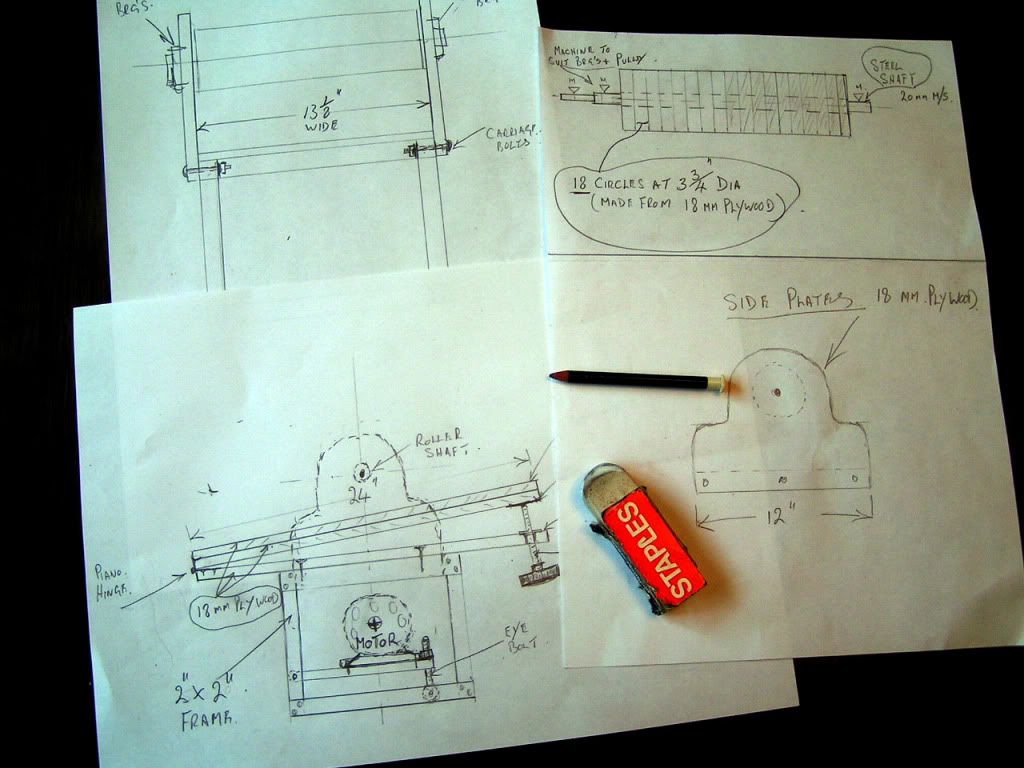Hope this question is welcome….! As a complete newbie to uke building, I’d appreciate some advice from those more experience than I…
Having built one and a half cigar box ukes, I’d like 2010 to be the year of the hourglass… I spent the last few months working the wood by hand for my prototype uke, I’d like to try and find amore effective way for thicknessing my next ukes. I’ve got a set of black walnut for one, and a tiger myrtle/spruce combo for the other that I’d like to build this year.
I’ve got a joiner friend who’s going to help with the practical side, but do any of you have any advice for the best way for a hobby builder to proceed? I’d rather avoid building a thickness sander proper, and was wondering if using a Wagner Safe T Planer might be a better way to go… or is getting the thickness with handtools (and a bit of tutorial from professional) achievable?
The first wood was thinned using a combination of a handheld electric sander, a belt sander, and many hours a cabinet scraper... I also have a Scrub plane, a Stanley Nr 5 too in terms of hand tools, and access to a drill press amongst other tools.
I have asked in a couple of local woodworking shops, but they don’t have the facilities to thickness to 2mm other than doing it by hand, which would obviously end up being expensive. If there’s a service to be had in London, or accessible in the UK, a tip off would be greatly appreciated.
So, any advice on how to proceed?
Having built one and a half cigar box ukes, I’d like 2010 to be the year of the hourglass… I spent the last few months working the wood by hand for my prototype uke, I’d like to try and find amore effective way for thicknessing my next ukes. I’ve got a set of black walnut for one, and a tiger myrtle/spruce combo for the other that I’d like to build this year.
I’ve got a joiner friend who’s going to help with the practical side, but do any of you have any advice for the best way for a hobby builder to proceed? I’d rather avoid building a thickness sander proper, and was wondering if using a Wagner Safe T Planer might be a better way to go… or is getting the thickness with handtools (and a bit of tutorial from professional) achievable?
The first wood was thinned using a combination of a handheld electric sander, a belt sander, and many hours a cabinet scraper... I also have a Scrub plane, a Stanley Nr 5 too in terms of hand tools, and access to a drill press amongst other tools.
I have asked in a couple of local woodworking shops, but they don’t have the facilities to thickness to 2mm other than doing it by hand, which would obviously end up being expensive. If there’s a service to be had in London, or accessible in the UK, a tip off would be greatly appreciated.
So, any advice on how to proceed?

